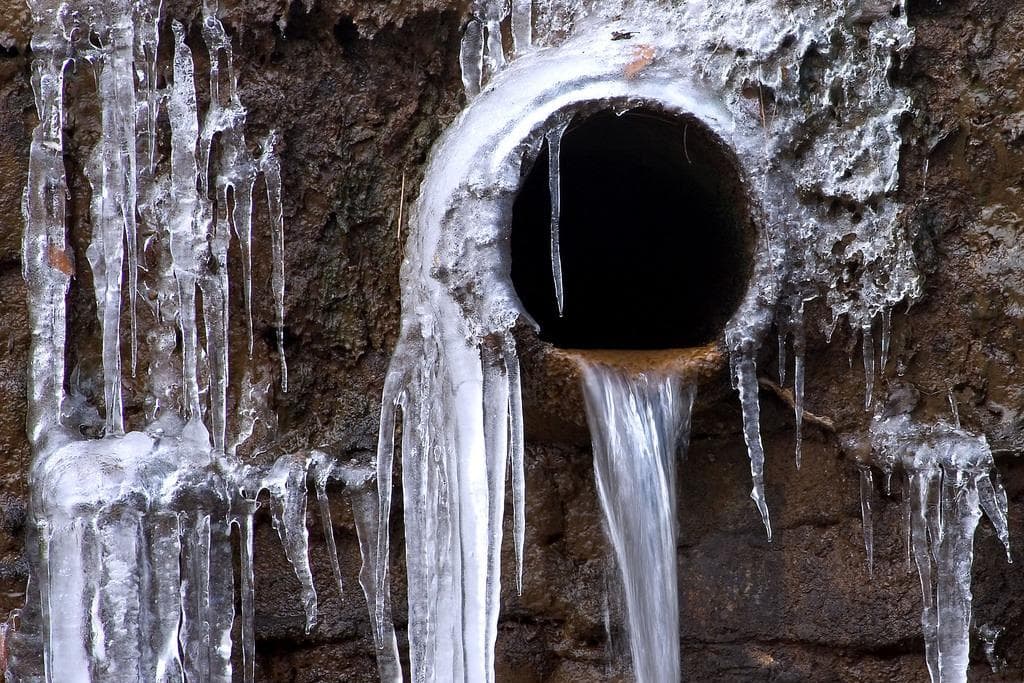Crucial Advice for Preventing Frozen Plumbing in Cold Weather Seasons
Crucial Advice for Preventing Frozen Plumbing in Cold Weather Seasons
Blog Article
They are making a few great pointers regarding How To Avoid Freezing Pipes overall in this great article following next.

Cold weather can ruin your pipes, particularly by freezing pipes. Right here's exactly how to stop it from taking place and what to do if it does.
Intro
As temperature levels decline, the threat of icy pipelines rises, possibly leading to pricey repairs and water damages. Recognizing just how to avoid frozen pipes is essential for property owners in cold environments.
Avoidance Tips
Protecting vulnerable pipelines
Wrap pipes in insulation sleeves or make use of warm tape to protect them from freezing temperature levels. Focus on pipelines in unheated or outside areas of the home.
Home heating techniques
Maintain interior rooms sufficiently heated up, especially locations with plumbing. Open cupboard doors to enable cozy air to circulate around pipelines under sinks.
How to determine icy pipes
Try to find lowered water flow from taps, uncommon smells or noises from pipes, and noticeable frost on revealed pipelines.
Long-Term Solutions
Structural modifications
Consider rerouting pipes away from outside wall surfaces or unheated locations. Add additional insulation to attic rooms, basements, and crawl spaces.
Upgrading insulation
Buy premium insulation for pipelines, attic rooms, and wall surfaces. Proper insulation helps maintain constant temperatures and minimizes the danger of icy pipelines.
Securing Exterior Plumbing
Yard hoses and outdoor taps
Separate and drain pipes garden hose pipes before winter. Install frost-proof spigots or cover outdoor taps with protected caps.
Understanding Icy Pipes
What creates pipelines to ice up?
Pipelines freeze when exposed to temperature levels listed below 32 ° F (0 ° C) for prolonged durations. As water inside the pipes ices up, it broadens, putting pressure on the pipe wall surfaces and potentially causing them to rupture.
Dangers and damages
Frozen pipes can result in water disruptions, residential property damage, and expensive fixings. Burst pipelines can flooding homes and trigger comprehensive architectural damages.
Signs of Frozen Water Lines
Recognizing icy pipelines early can prevent them from bursting.
What to Do If Your Pipelines Freeze
Immediate activities to take
If you believe icy pipelines, keep faucets open to ease pressure as the ice melts. Make use of a hairdryer or towels taken in hot water to thaw pipes slowly.
Conclusion
Preventing icy pipes requires aggressive procedures and quick feedbacks. By comprehending the causes, indicators, and preventive measures, home owners can secure their plumbing during winter.
5 Ways to Prevent Frozen Pipes
Drain Outdoor Faucets and Disconnect Hoses
First, close the shut-off valve that controls the flow of water in the pipe to your outdoor faucet. Then, head outside to disconnect and drain your hose and open the outdoor faucet to allow the water to completely drain out of the line. Turn off the faucet when done. Finally, head back to the shut-off valve and drain the remaining water inside the pipe into a bucket or container. Additionally, if you have a home irrigation system, you should consider hiring an expert to clear the system of water each year.
Insulate Pipes
One of the best and most cost-effective methods for preventing frozen water pipes is to wrap your pipes with insulation. This is especially important for areas in your home that aren’t exposed to heat, such as an attic. We suggest using foam sleeves, which can typically be found at your local hardware store.
Keep Heat Running at 65
Your pipes are located inside your walls, and the temperature there is much colder than the rest of the house. To prevent your pipes from freezing, The Insurance Information Institute suggests that you keep your home heated to at least 65 degrees, even when traveling. You may want to invest in smart devices that can keep an eye on the temperature in your home while you’re away.
Leave Water Dripping
Moving water — even a small trickle — can prevent ice from forming inside your pipes. When freezing temps are imminent, start a drip of water from all faucets that serve exposed pipes. Leaving a few faucets running will also help relieve pressure inside the pipes and help prevent a rupture if the water inside freezes.
Open Cupboard Doors
Warm your kitchen and bathroom pipes by opening cupboards and vanities. You should also leave your interior doors ajar to help warm air circulate evenly throughout your home.

Hopefully you liked our topic about Helpful Tips to Prevent Frozen Pipes this Winter. Many thanks for taking time to read through our posting. Sharing is caring. Helping others is fun. Many thanks for your time. Don't hesitate to come visit our site back soon.
Book-Now Report this page